It's warm out there. Here's why that weather means your flowers are going to bloom early
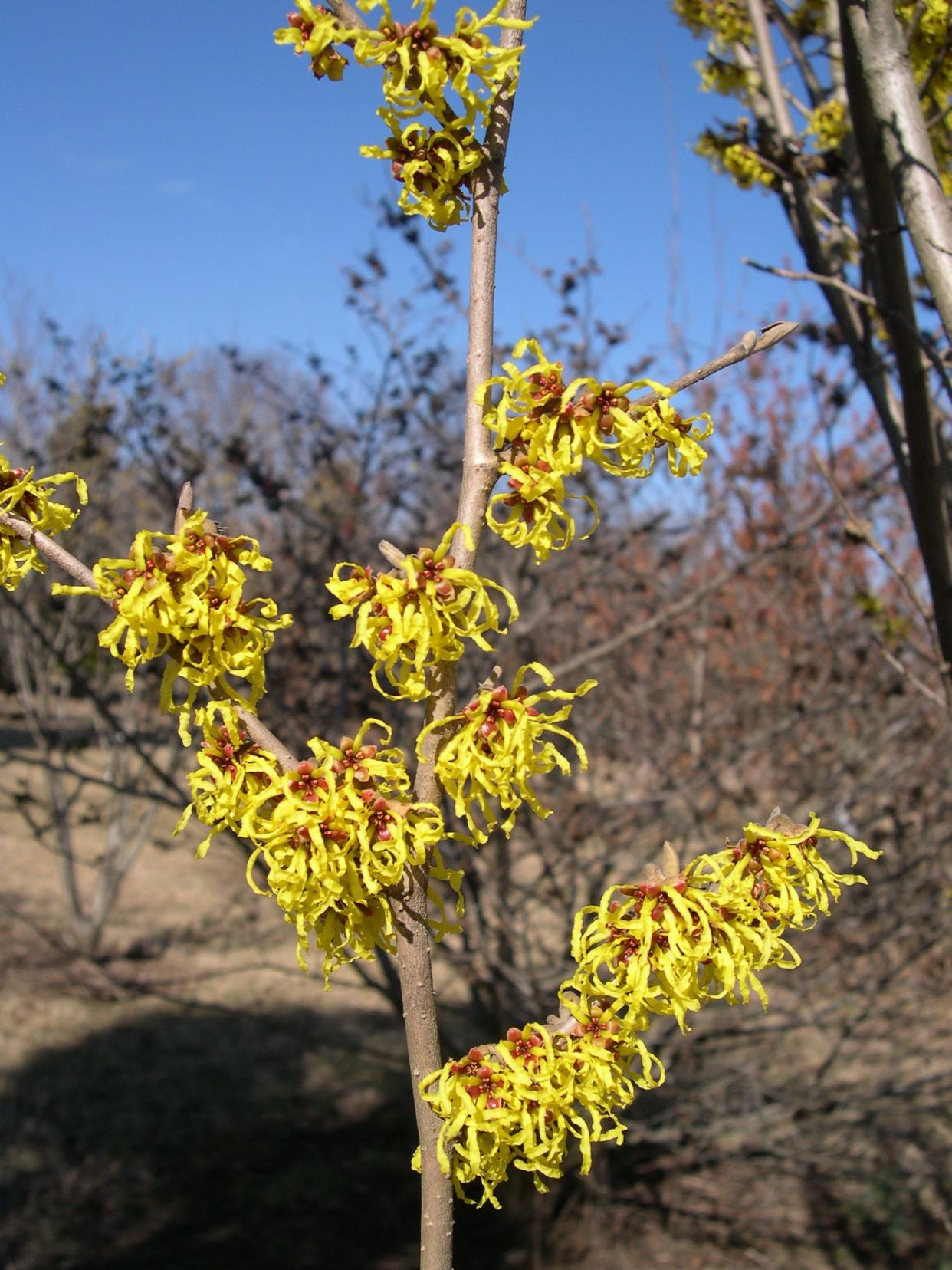
I know, I know. The official celestial spring is still a good month off. But you wouldn't know that looking out the window right now.
It’s only the third week of February but as I'm clicking away on my laptop keyboard, a quick look out my Yew Dell Botanical Gardens' office window yields an impressive list of plants in full and glorious bloom. Snowdrops (Galanthus nivalis), winter aconite (Eranthis hyemalis), witchhazels (Hamamelis species and hybrids), daffodils (Narcissus species and hybrids), and hellebores (Helleborus species and hybrids) are not only in full bloom but are buzzing with a long list of pollinators in the unusually warm sunshine for this time of year.
But beyond the very basics of warmer weather leading to earlier blooms, what's going on out there in the garden?
Does warm weather mean spring flowers will bloom earlier?
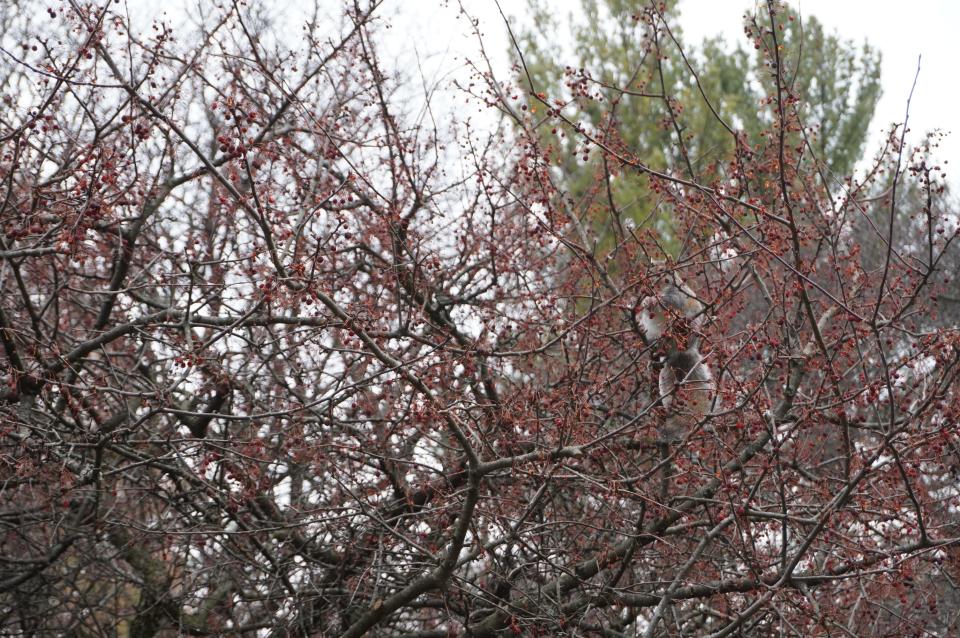
When I started my faculty post at the University of Maine, I inherited records from my immediate predecessor in the position. Lyle Littlefield had kept detailed bloom date records on his collection of more than 300 crabapple varieties. And over about 30 years of records, the total variation from the very earliest bloom season to the very latest was a mere six days! So much for "early" and "late" seasons.
Greenspace:Should I add fertilizer to my trees and shrubs? 5 things to know about garden fertilizers
The variation in bloom time response to local weather patterns is easy to miss because its symptoms are spread out over so much time. But if you think about it, have you ever heard of an earlier-than-normal first bloom on hybrid tea roses, sunflowers, or fall asters? Of course you haven't. The earlier a plant is genetically programmed to bloom, the more susceptible it will be to those early warm spells.
How does cold weather impact when a flower will bloom?
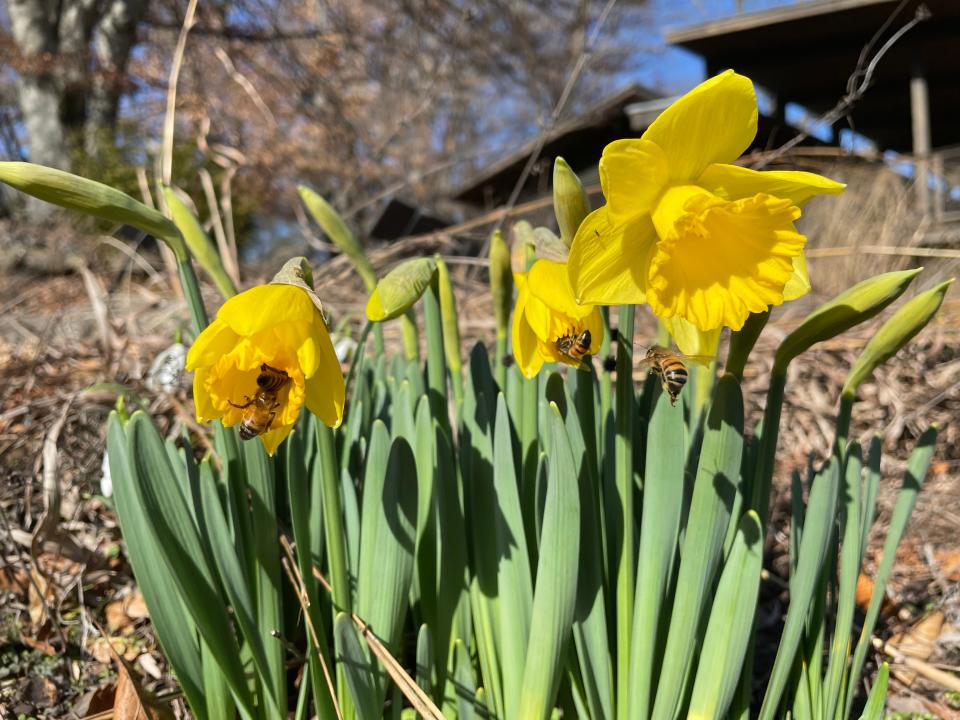
Most plants that we grow outside in our gardens have a built-in dormancy that puts them in a state that limits winter activity ― deciduous leaves drop, herbaceous perennials lose their above-ground parts, and growth stops. And once dormancy sets in, plants need to experience a minimum number of hours below a temperature of about 40 degrees before they will start to grow again. If a plant's chill requirement hasn't been met, you can give it all the warm sunshine in the world and it won't start to grow.
Different plants have different chill requirements, and the shorter the chill requirement, the more susceptible that plant will be to those early warm spells.
At Yew Dell, we have several plantings of a daffodil variety named "February Gold." This variety was developed as what call a low-chill-requirement variety for growth on the Gulf of Mexico coast where they don’t get much cold. The result is that if we get a two or three-week cold spell in October and then one of those great warm-ups in November, we can have "February Gold" daffodils in bloom for Thanksgiving. Essentially, the short cold spell in October satisfies the cold requirement of the short chill variety and then the Thanksgiving warm-up makes the bulbs think it's spring. It’s a bit of an extreme example but the pattern is the same for most of our other early bloomers in the garden.
Greenspace:Planning to replace some plants? Here are 6 tips for replacing plants in your garden
Will flowers that bloom early survive a late spring freeze?
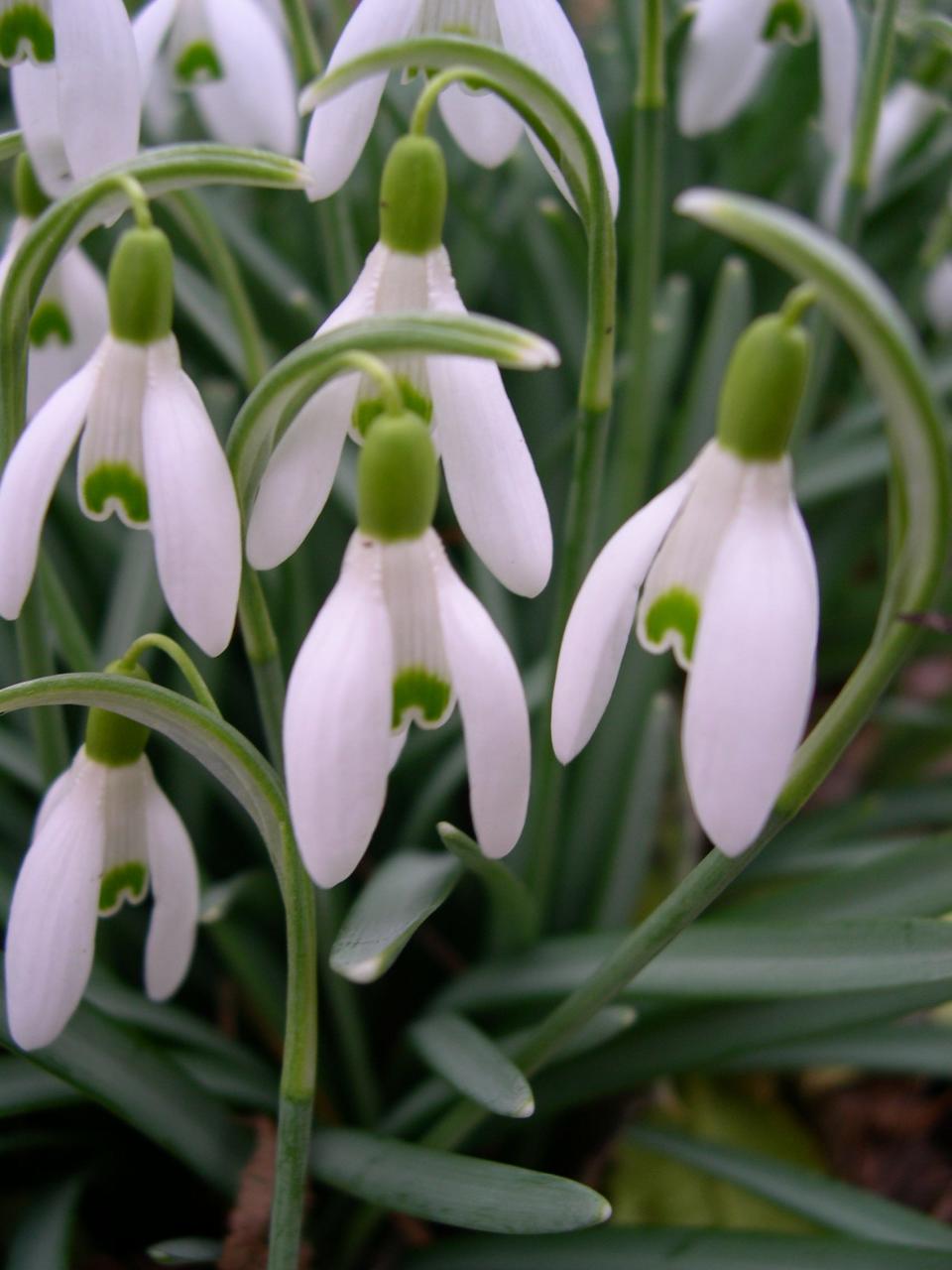
Now that all these plants are up and in full bloom in February, what will happen when we get that horticultural punch in the nose we all know is coming? After all, we've got tons of soft and delicate growth out there and we’re a long time from that Kentucky Derby tomato planting date.
Fortunately, most of the plants that bloom earliest in the season also have a built-in system for surviving bloom-time freezes. Our snowdrops, hellebores and winter aconites, even in their full bloom condition, can easily handle temperatures well below freezing. If we have a 15 or 20-degree night, they might droop a bit, but once the sun comes out and warms things up a bit, they’ll perk right back up and look good again. Try doing that with a blooming rose or sunflower...
Will early spring magnolias survive a late winter freeze?
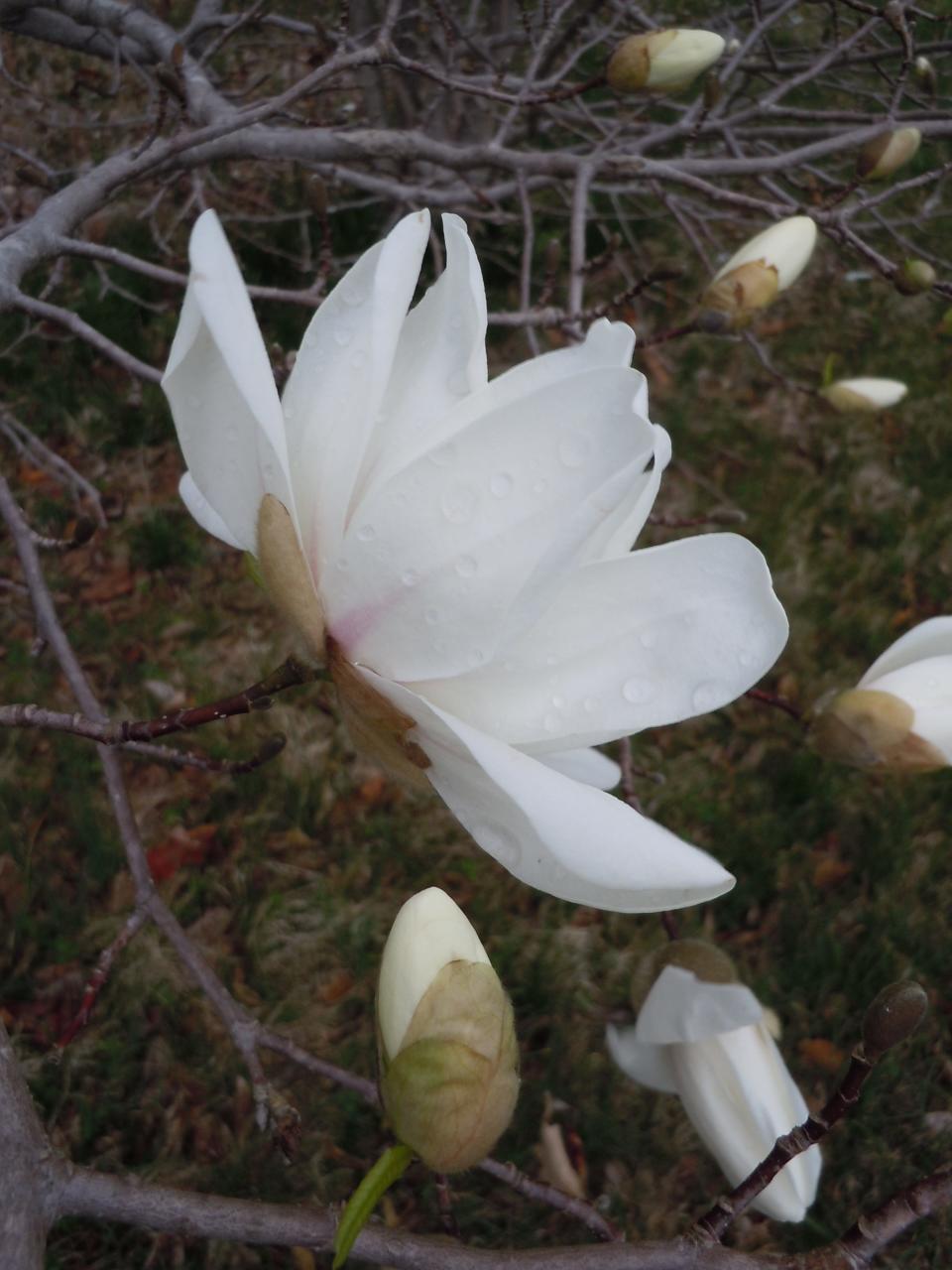
We've all experienced it. The star and saucer magnolias (Magnolia stellata and M. x soulangeana, respectively) with their stunning white and pink spring blooms on bare stems, burst into flower and then, for many years, have their blooms blasted into oblivion by a hard frost or freeze.
Greenspace:These 6 plants signal that yes, spring is already here in Kentucky
These magnolia species are native to coastal regions of Japan, China and Korea and evolved in a maritime climate that is far more consistent than a continental climate such as Kentucky. The large thermal mass of the ocean puts a limit on those winter temperature swings in coastal areas and so these plants evolved with a low chill requirement but failed to develop the freeze resistance seen in early blooming species that evolved farther inland. We put them in a Kentucky garden but they respond to weather conditions as they’re programmed to respond.
The snowdrops, hellebores and winter aconites? They evolved in continental climates where they developed both the low chill requirement with freeze tolerance.
Paul Cappiello is the executive director at Yew Dell Botanical Gardens, 6220 Old Lagrange Road, yewdellgardens.org.
This article originally appeared on Louisville Courier Journal: Why warm winter weather means your spring flowers will bloom early

